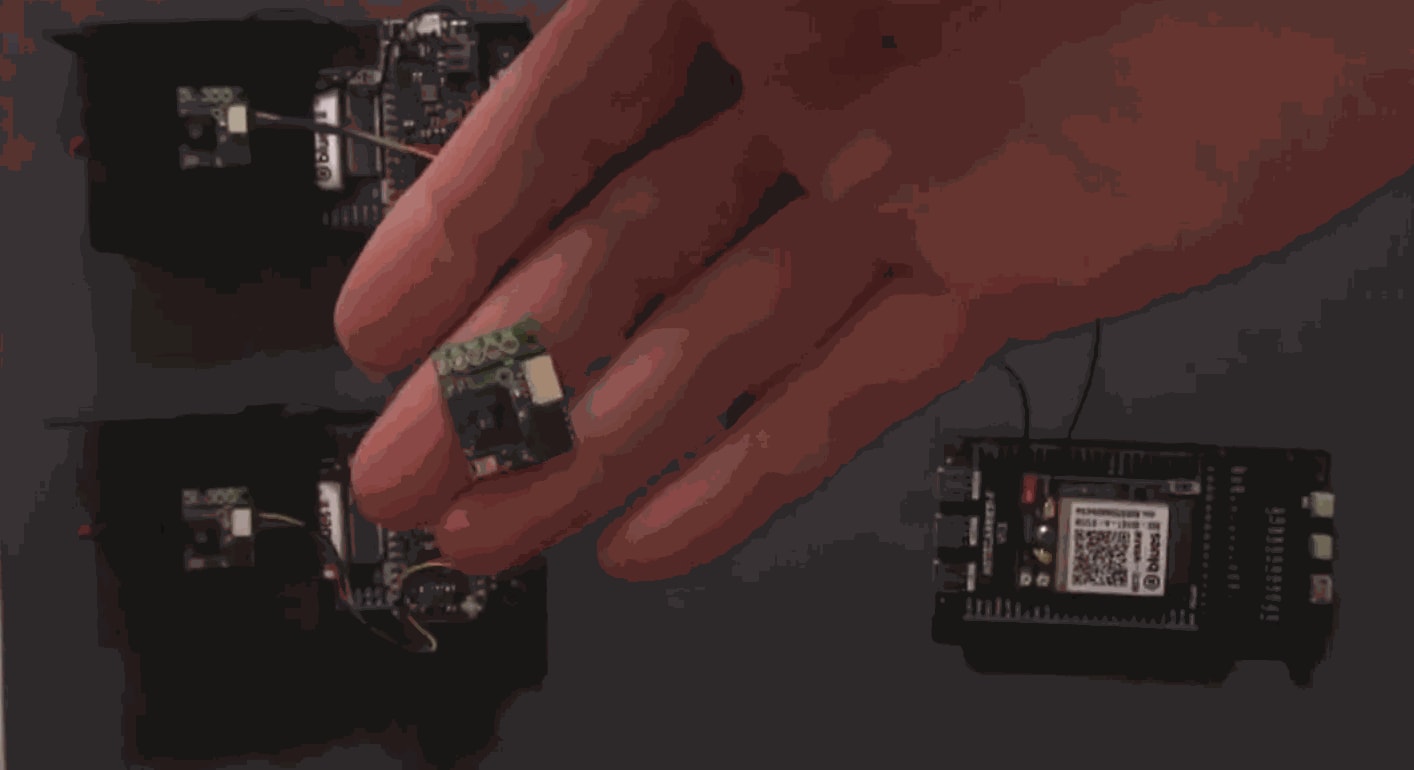Webinar Summary
The following summary is auto-generated from the webinar recording.
Welcome to a deep dive into the world of TinyML and IoT, where artificial intelligence meets the Internet of Things in a way that transforms how we interact with technology. Today, we’ll explore how TinyML, a subset of machine learning, enables powerful data processing on constrained devices, making it a game-changer for various applications.
Understanding TinyML
TinyML refers to the deployment of machine learning algorithms on small, resource-constrained devices. This technology allows devices to process data locally, making decisions without relying on cloud computing. It’s a significant step forward in the evolution of IoT, as it enhances efficiency, reduces latency, and improves user experience.
As we navigate this landscape, let’s reflect on the profound words of Stacy from IoT: “The IoT really needs TinyML.” With data generation skyrocketing, there’s an urgent need for effective data processing and interpretation, and TinyML can help bridge that gap.
Meet Blues: Simplifying Wireless Connectivity
Before diving deeper, let’s introduce Blues, a company committed to simplifying wireless connectivity. Our mission is straightforward: to secure your data from the moment it’s acquired to its final destination in your cloud application of choice. With a focus on low-power solutions, our products are designed to make integration seamless.
At the core of our offering is the Notecard, a versatile low-power system-on-module that supports various wireless technologies, including cellular, Wi-Fi, and LoRa. It comes with pre-paid data and no monthly SIM fees, making it an economical choice for developers.
Introducing Useful Sensors
Now, let’s turn our attention to Useful Sensors. Founded by Pete Warden, a pioneer in TinyML, Useful Sensors aims to make interfacing with everyday electronics as easy as communicating with another human. Their products, like the Person Sensor, are designed to operate with minimal power consumption and at a low cost, all while ensuring user privacy.

The Person Sensor is particularly noteworthy, priced under $10 in high volumes, and it generates no personal data, focusing solely on metadata. This makes it an ideal solution for applications where privacy is paramount.
Real-World Applications of TinyML and IoT
During our recent collaboration at CES, we showcased the capabilities of the Person Sensor. By deploying several units throughout the event, we gathered valuable metrics on population density and engagement levels. This data can significantly influence how businesses understand customer interactions.

Imagine a retail environment where you can track how long customers spend in specific aisles or in front of particular displays. This information not only maximizes return on investment but also enhances customer experience by ensuring that products are placed optimally.
Vending Machines and Beyond
Vending machines can also benefit from this technology. By placing sensors nearby, operators can analyze foot traffic and customer engagement, determining the best locations for their machines. This approach can lead to smarter product placements and increased sales.
Integrating Person Sensor with Blues
Integrating the Person Sensor with Blues technology is straightforward. By utilizing our APIs and SDKs, developers can quickly set up their devices to relay data to the cloud. A simple Arduino sketch can achieve this integration, showcasing the power of low-code solutions.

For instance, I developed a cloud-connected Person Sensor with just 30 lines of code. This project illustrates how easy it is to embrace lower-code solutions without sacrificing control or functionality.
Step-by-Step: Setting Up Your Project
Let’s dive into the coding process. It begins with setting up the Notecard and Person Sensor. The Blues documentation is incredibly user-friendly, guiding you through the necessary steps to get your device up and running quickly.
Once you have the hardware ready, you can define your unique ID and set your transmission delay. For our application, we decided to sample the Person Sensor twice a second to gather accurate averages over a 15-second interval.
Understanding the Code
In the code, we incorporate the necessary libraries for the Notecard and Person Sensor. This includes defining how often we want to send data and setting up the transmission parameters. The key is to ensure that the modem is ready to send data immediately, which is crucial for time-sensitive applications.
Visualizing Your Data
Data visualization is another critical aspect of this process. By utilizing platforms like Google Cloud, you can effectively manage and display the data collected from your sensors. The flow of data from the device to the cloud and then to your visualization tool is seamless, allowing for real-time insights.
This integration allows you to focus on what matters: understanding user behavior and making informed decisions based on the data collected.
Future of TinyML and IoT
The future of TinyML and IoT is bright. With advancements in technology and a growing understanding of how to leverage these tools, the possibilities are endless. As we continue to explore new applications and refine existing ones, we can expect to see a shift in how we interact with our environments.
If you’re interested in learning more about integrating AI and machine learning into your IoT projects, consider diving into the resources provided by Blues and Useful Sensors. Together, we’re paving the way for a smarter, more connected world.
